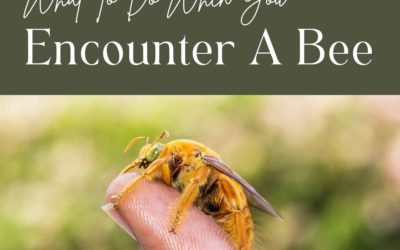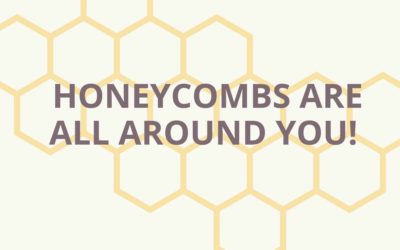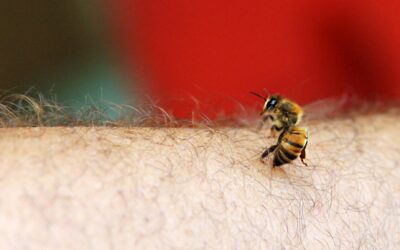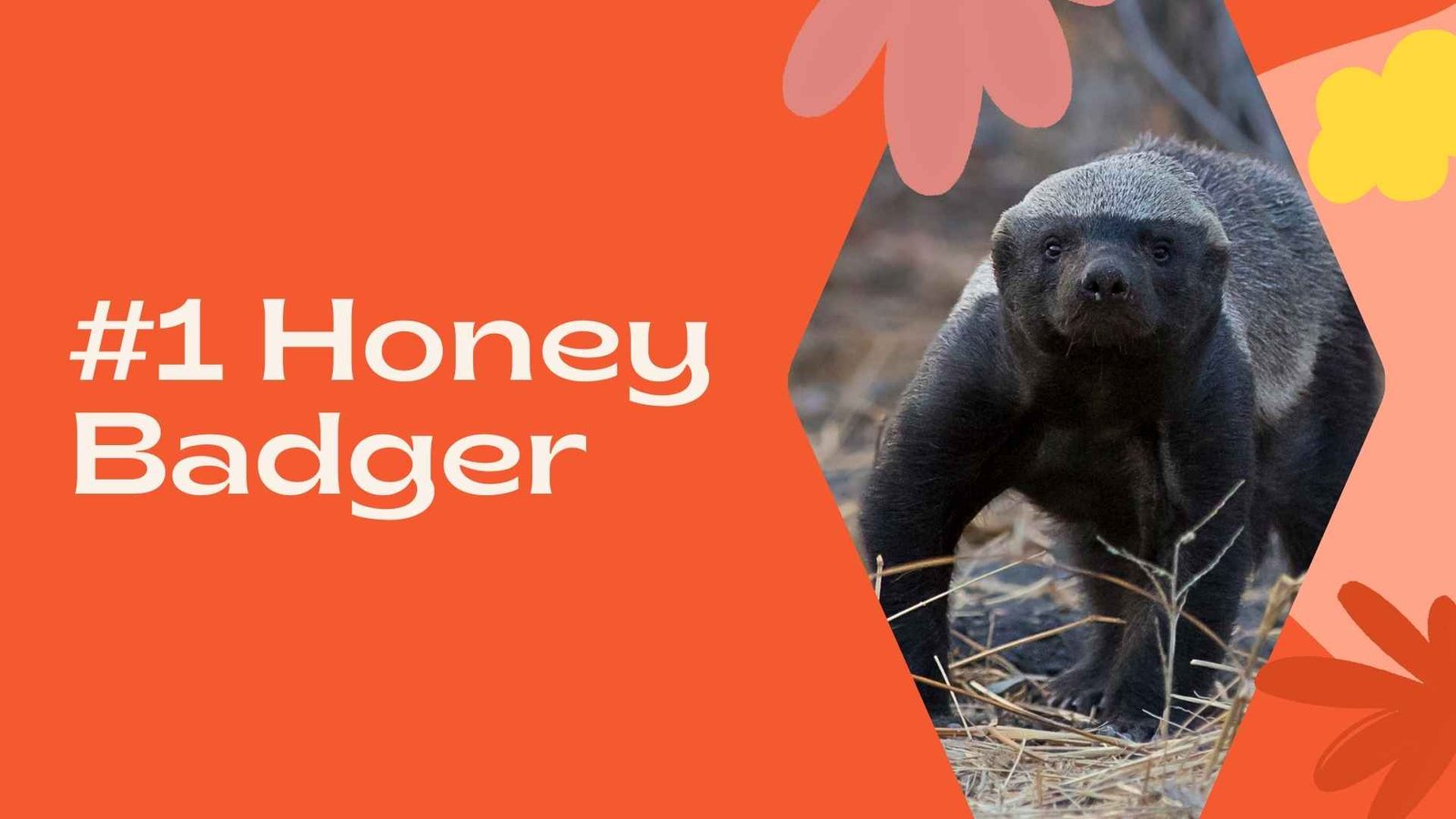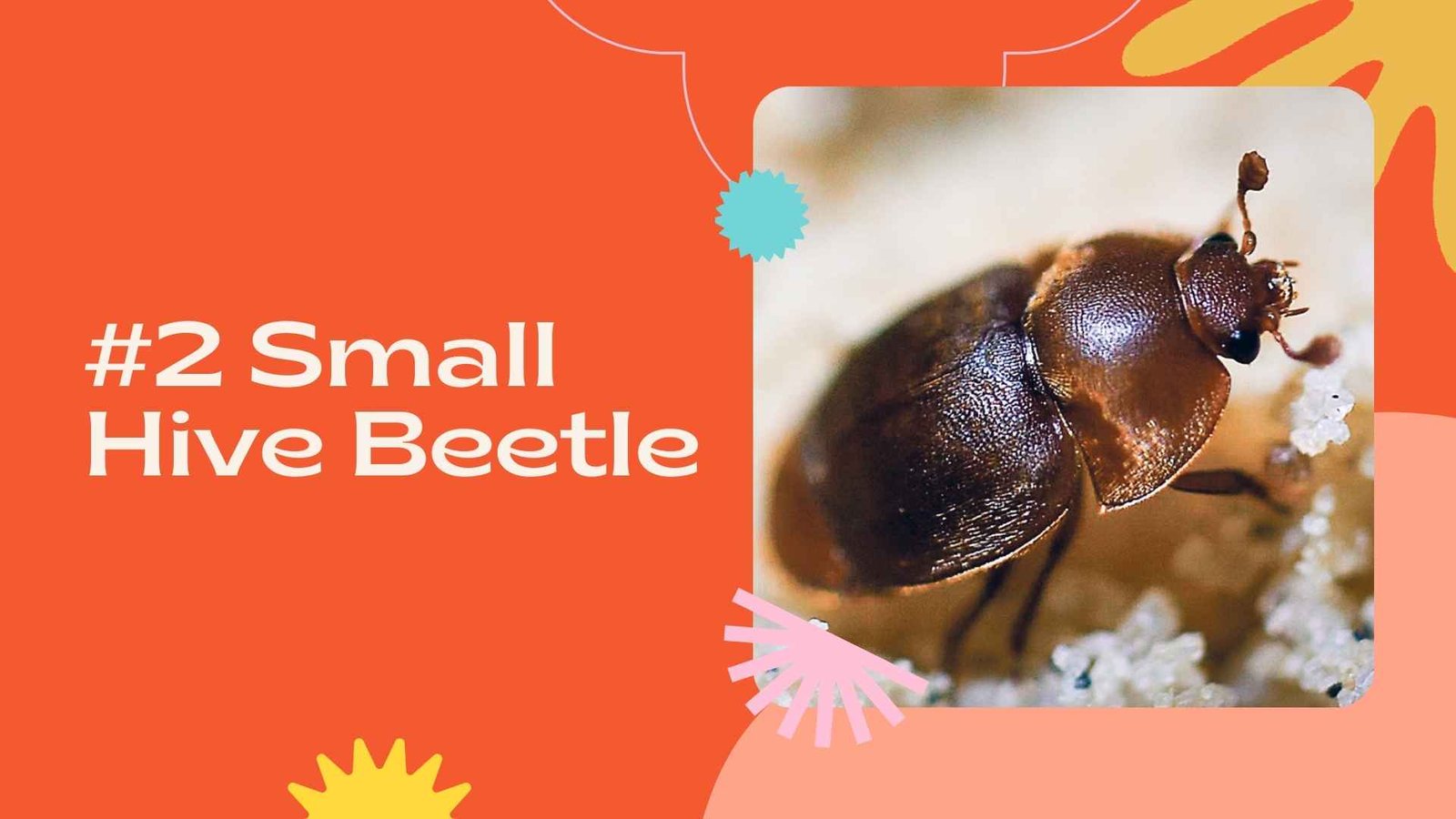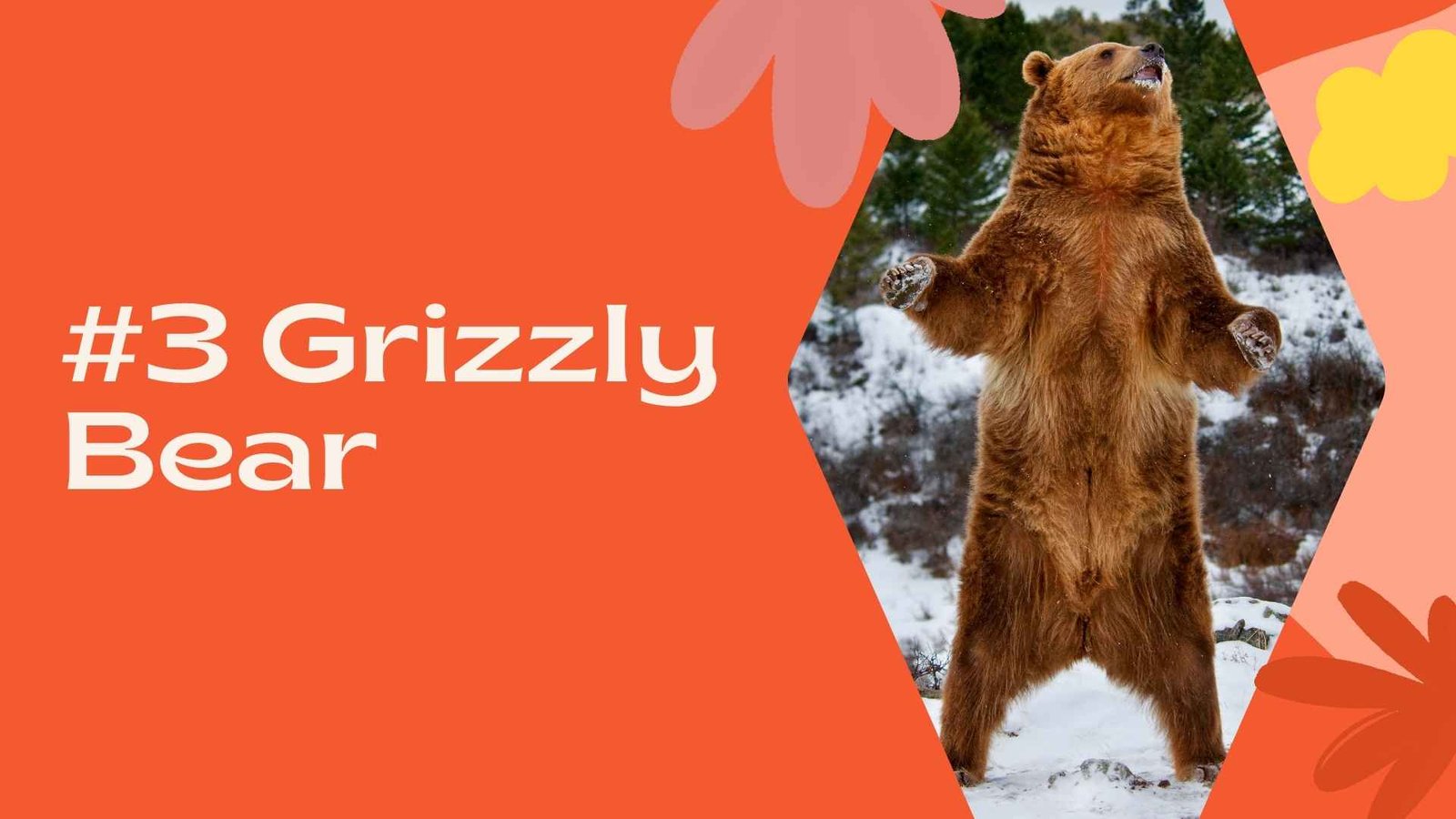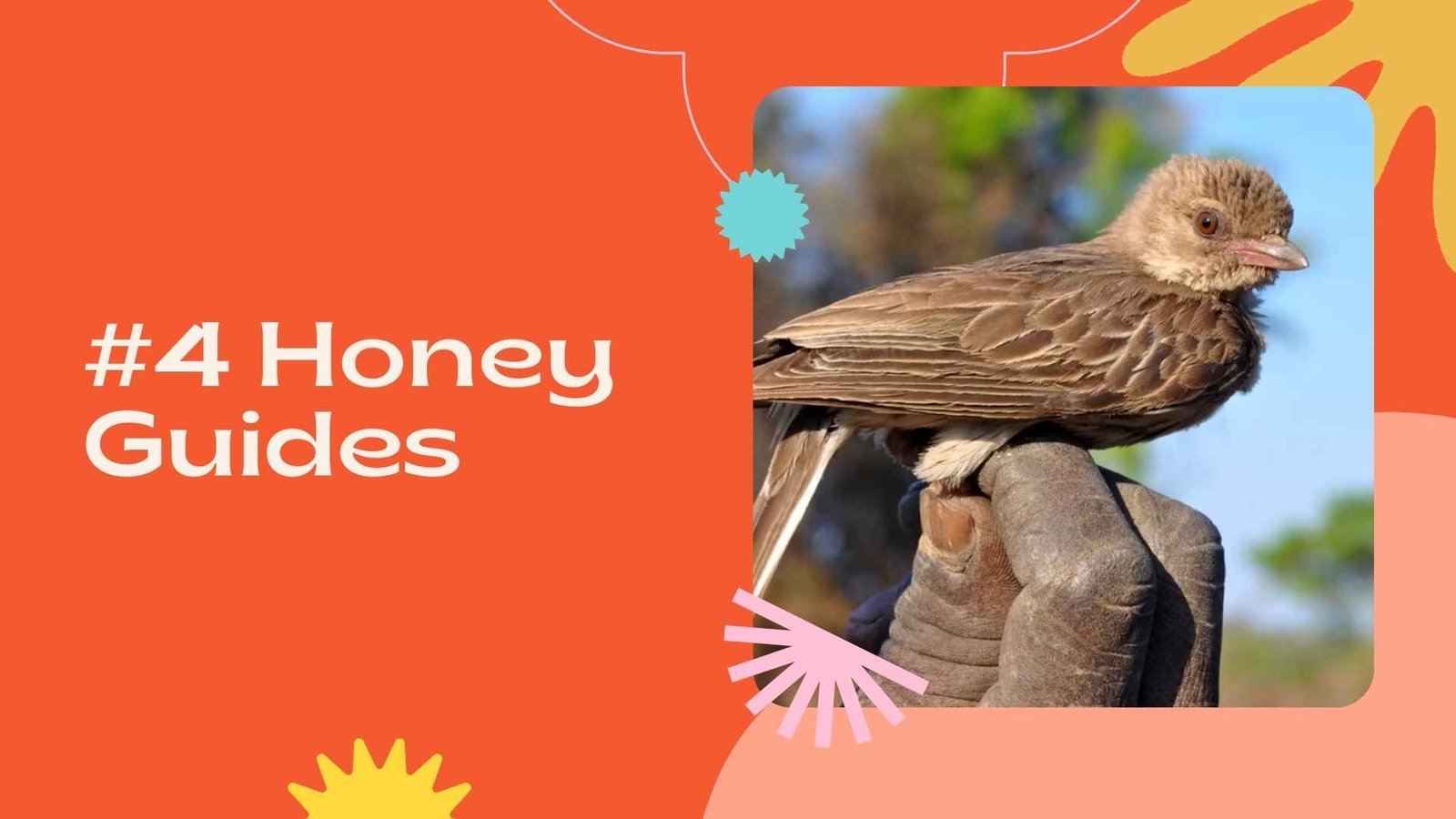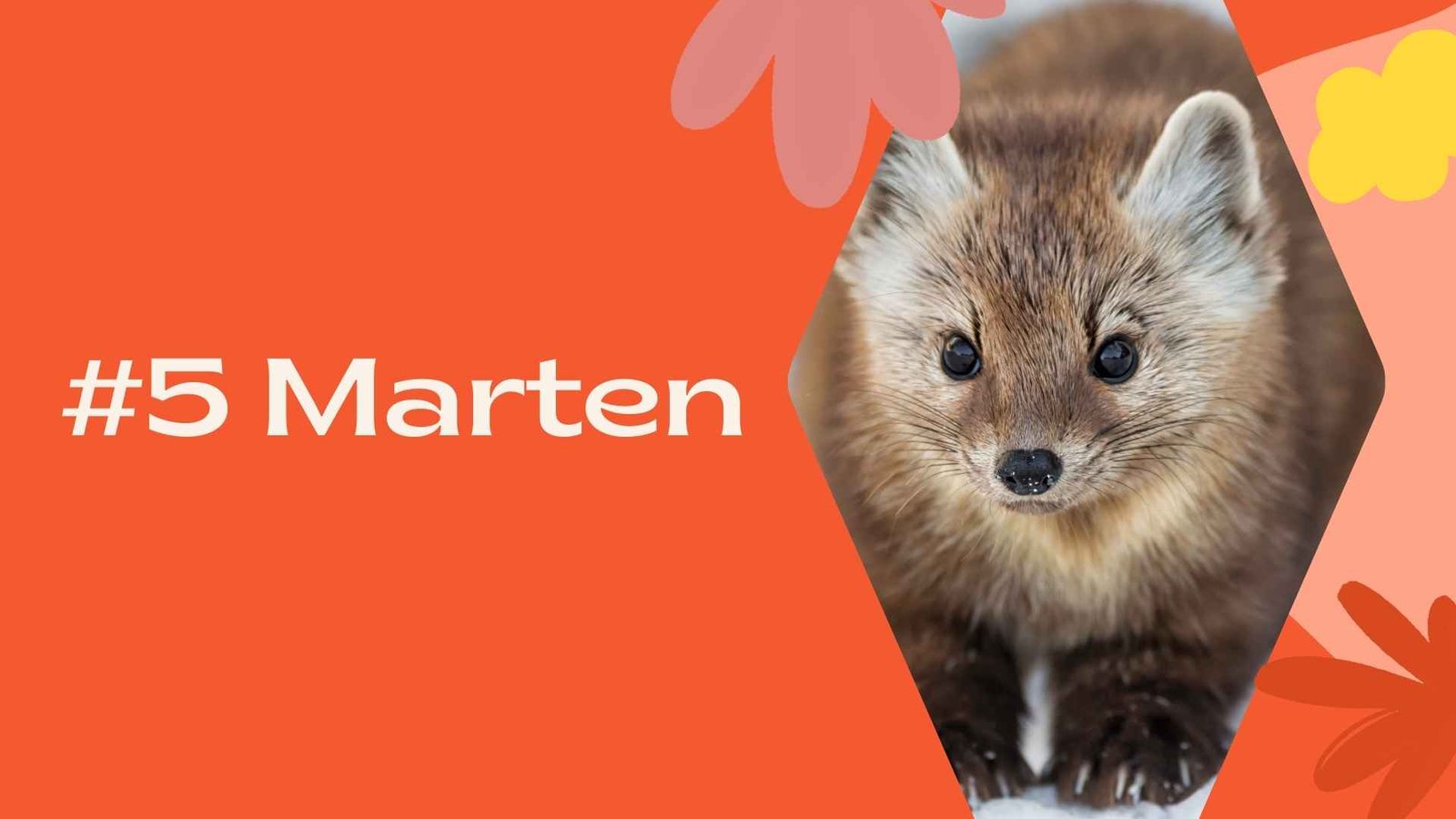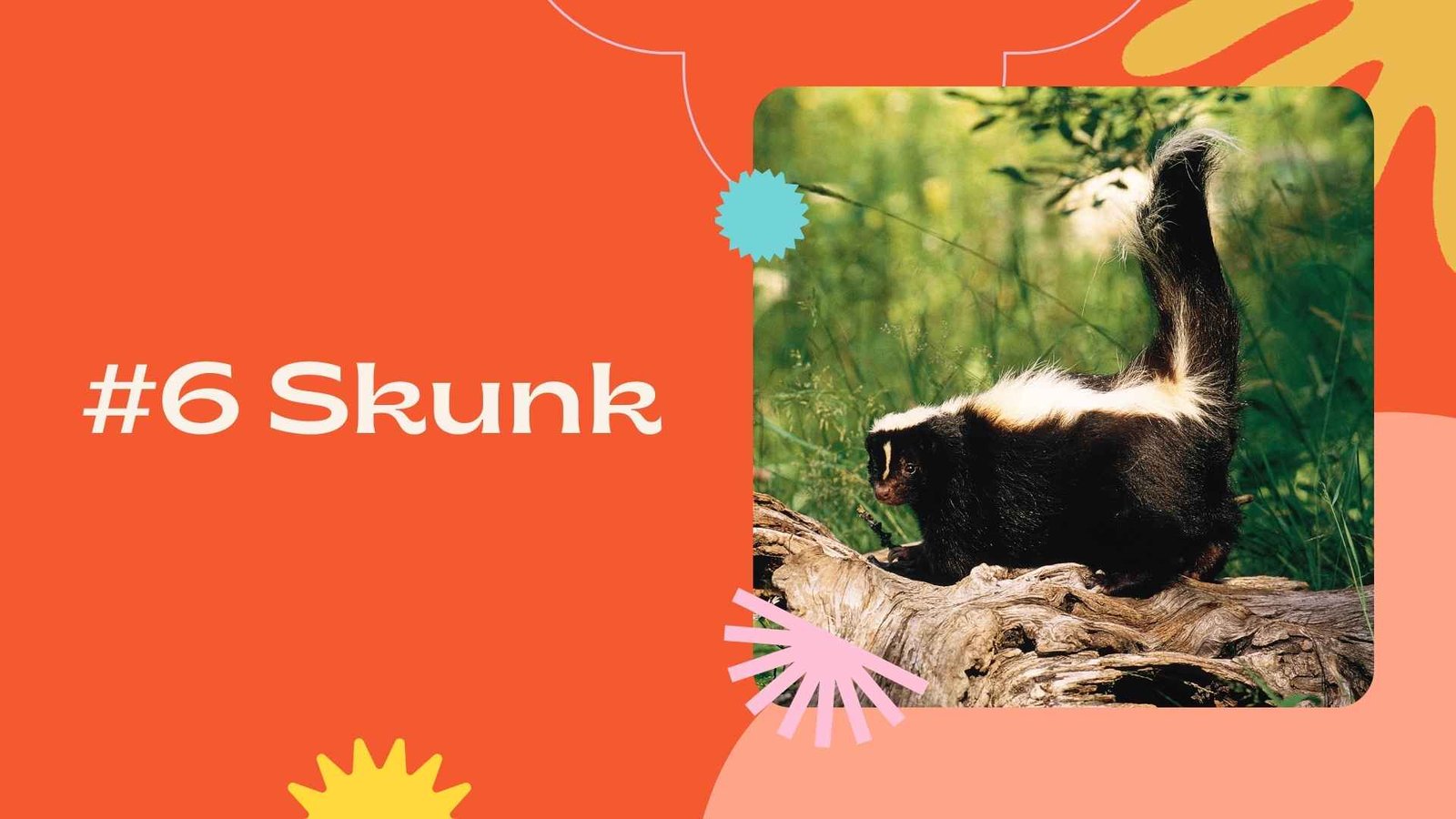We Love Honey!
Honey, especially that from the Manuka plant, is packed full of wonderful nutrients and health benefits. We love Manuka honey, but so do animals! Seems they might know a thing or two about this delicious ingredient. This article will introduce you to the part of the animal kingdom that loves honey as much as we do.
#1 Honey Badger
The honey badger, also known as the ratel, is a mammal widely distributed in Africa, Southwest Asia, and the Indian subcontinent. This tough little animal has a stocky, flattened body with short, strong legs, along with long claws on the front feet for digging and defence. The honey badger’s hair is thick and coarse, mostly black, with a wide grey-white stripe that stretches across its back from the top of the head to the tip of the tail.
The honey badger enjoys feeding on rodents, birds, small antelopes, lizards, frogs and other small animals. It also loves feeding on berries and roots, but honey is the honey badger’s favourite food. The honey badger loves honey so much, that it destroys so many hives that beekeepers find this animal a threat!
#2 Small Hive Beetle
Small hive beetle (SHB) (Aethina tumida) is a small brown-black beetle with clubbed antennae that originated from sub-Saharan Africa. This insect likes honey so much that it lays its eggs in beehives for its larvae to feed on. The larval stage of the SHB life cycle causes the majority of damage to active hives by burrowing into combs, eating brood, honey and pollen. The damage done by the small hive beetle is especially threatening since it prefers active hives, due to the larger availability of food. The larvae also carry a yeast species which can also contaminate the honey, causing it to ferment.
#3 Grizzly Bears
Move aside, Winne The Pooh Bear. In the wild, unlike Pooh, bears are voracious predators. They are omnivores, eating both animals (such as seals, insects, salmon, moose, caribou and deer) and fruits, such as berries. However, they do enjoy the occasional beehive. Toward the end of summer, before the bears begin to go into hibernation, bees may begin to ‘plunder’ beehives. They will also consume the bees and larvae inside the beehive, which are a good source of protein. Both brown and black bears will raid beehives.
#4 Honey Guides
The term honey guide refers to any of 17 species of birds. They can be found in Asia and Africa. These birds are small, have dark feathers, and have a very dexterous short, thin beak. The honey guide gets its name from two African species, the greater, or black-throated, honey guide and the scaly-throated honey guide (I. variegatus). The honey guide gets its name from its interesting behaviour. The bird leads a honey badger or a man to a bees’ nest by its chattering and flying ahead; after the larger animal takes honey, the bird eats the wax (the only vertebrate known to do so) and bee larvae.
#5 Marten
Marten, any of several weasel-like carnivores of the genus Martes (family Mustelidae), found in Canada and parts of the United States. These cute little animals have slender bodies, short legs, rounded ears, bushy tails and soft thick coats that are valuable in the fur trade. The marten feeds on small mammals and rodents, amphibians, insects, fruits, eggs, and honey. To obtain food, it can walk quite a bit within its territory. Males define their property between 1 and 6 miles in diameter, in which they have a burrow between rocks or trees.
#6 Skunks
Skunks are intimidating animals, most commonly known for the foul odour that they can produce. Skunks are also the foremost predator of honeybees. They do consume honey, but the bees are the main food that skunks enjoy eating. Skunks are insectivorous; they chew bees, extract the juices from their bodies then spit out the other solid parts.
Conclusion
These animals love honey, and they do know what’s best. Manuka honey is a premier ingredient that has a multitude of benefits. Looking to try out this magical ingredient that these animals enjoy? Click the link down below to find out more.

